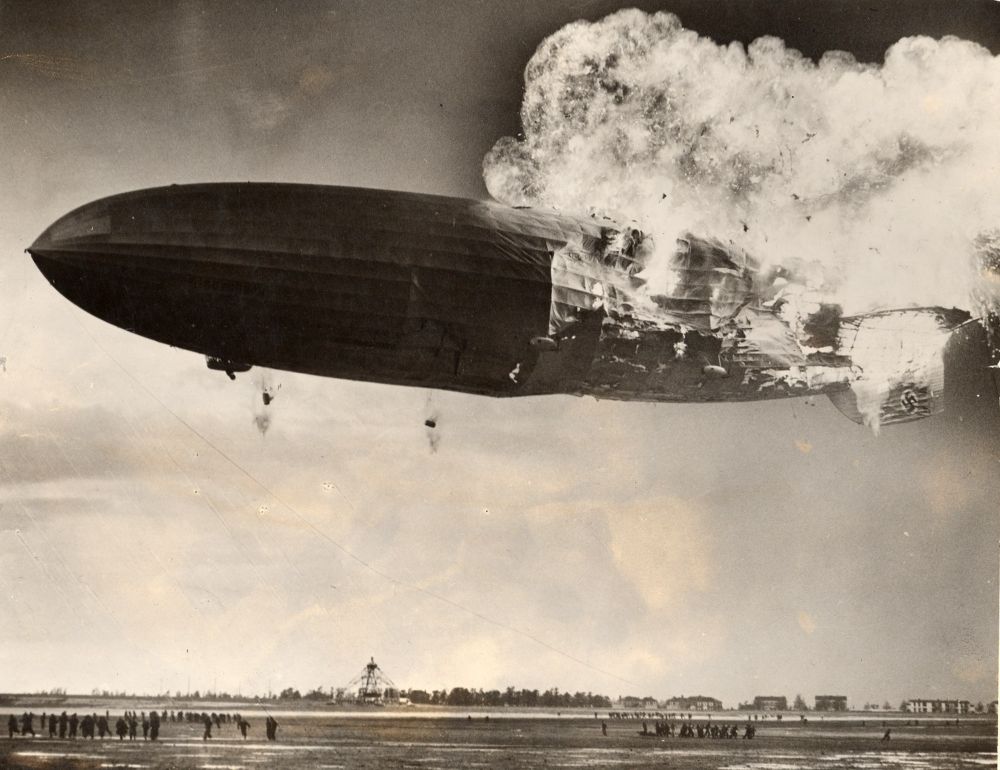
JR
Joe Reddington
@joereddington.com
he/him. Dad. Into: vegan food collaborative writing, disability, memory palaces, and my code someday working. Runs a charity. Former compsci researcher/academic. Glass sibling.
219 followers175 following976 posts
Interesting sidebar (because I was talking to a flight scientist person about this recently) - the hydrogen wasn’t the problem - it was the aluminium. Like, there were safety issues but the hydrogen wasn’t the issue.
I dunno, but it sure seems like hydrogen: ". Both reports concluded that a leaking gas cell allowed hydrogen from the airship to mix with oxygen from the outside air, and a spark, possibly from static electricity, ignited the gas leading to the fire that consumed the Hindenburg."

Dealing with the Aftermath of the Hindenburg Disaster
On May 6, 1937, German airship LZ 129 Hindenburg burst into flames upon its approach to Naval Air Station Lakehurst, in New Jersey. Soon after, the airship plummeted to the ground in a crash that shoc...

JR
Joe Reddington
@joereddington.com
he/him. Dad. Into: vegan food collaborative writing, disability, memory palaces, and my code someday working. Runs a charity. Former compsci researcher/academic. Glass sibling.
219 followers175 following976 posts